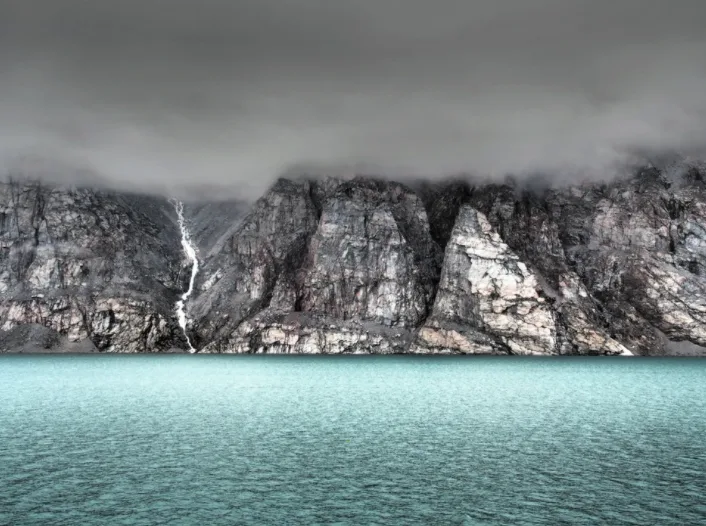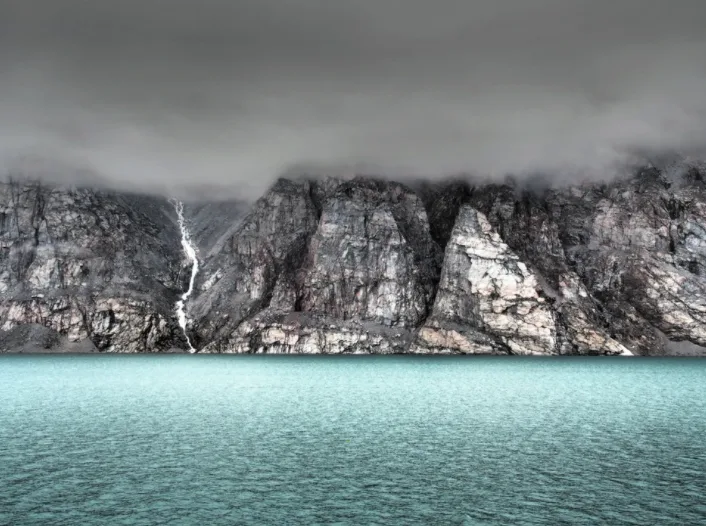
Ancient lost continent has been discovered in Northern Canada
Researchers were sifting through samples of igneous rock and diamonds when they made the discovery
Fragments of an ancient lost continent have been discovered underneath Baffin Island in Nunavut.
A team of researchers from the University of British Columbia (UBC) is studying kimberlite that is found in this remote location, which is an igneous rock that forms hundreds of kilometres beneath the Earth’s surface and occasionally contains diamonds. Maya Kopylova, a geologist and professor at UBC, says that many mining companies have a high level of interest in exploring Nunavut and other northern regions of Canada because of the valuable minerals that can be found underneath the Earth’s surface.
SEE ALSO: "Ridiculously rare" gemstones found in Baffin Island, Nunavut
The lost continent fragments were discovered when the researchers were analyzing diamond deposits and noticed other unique compositions, which surprisingly indicated that a landmass was previously there. The fragment that was discovered is from the North Atlantic Craton, which is an ancient part of the Earth’s continental crust that ran from Scotland to North America. The craton broke up 150 million years ago and Kopylova says that the discovery adds roughly 10 per cent to the known expanse of the North Atlantic Craton.

A foggy day at Baffin Bay, Nunavut, Canada. Credit: Jennifer Latuperisa-Andresen/ Unsplash
Other regions that contain parts of the North Atlantic Craton include Scotland, Greenland and Labrador in Atlantic Canada. The details of this discovery have been outlined in a study that was published in the Journal of Petrology and the researchers say that their discovery will help us learn more about how continents have formed over millions of years.
A vast amount of Earth’s geological history is unknown and scientists are continuously reporting fascinating discoveries. A study that was published in September 2019 revealed that a lost continent was found nearly 1,500 kilometres underneath Europe. Researchers found that a piece of continental crust the size of Greenland separated from North Africa 240 million years ago and plunged into the Earth's mantle underneath Southern Europe. The only part of the continent that remains today is a relatively small section that runs along northern Italy through the most eastern tip of the country and the top few kilometres of the lost continent can still be seen in the mountain ranges.











